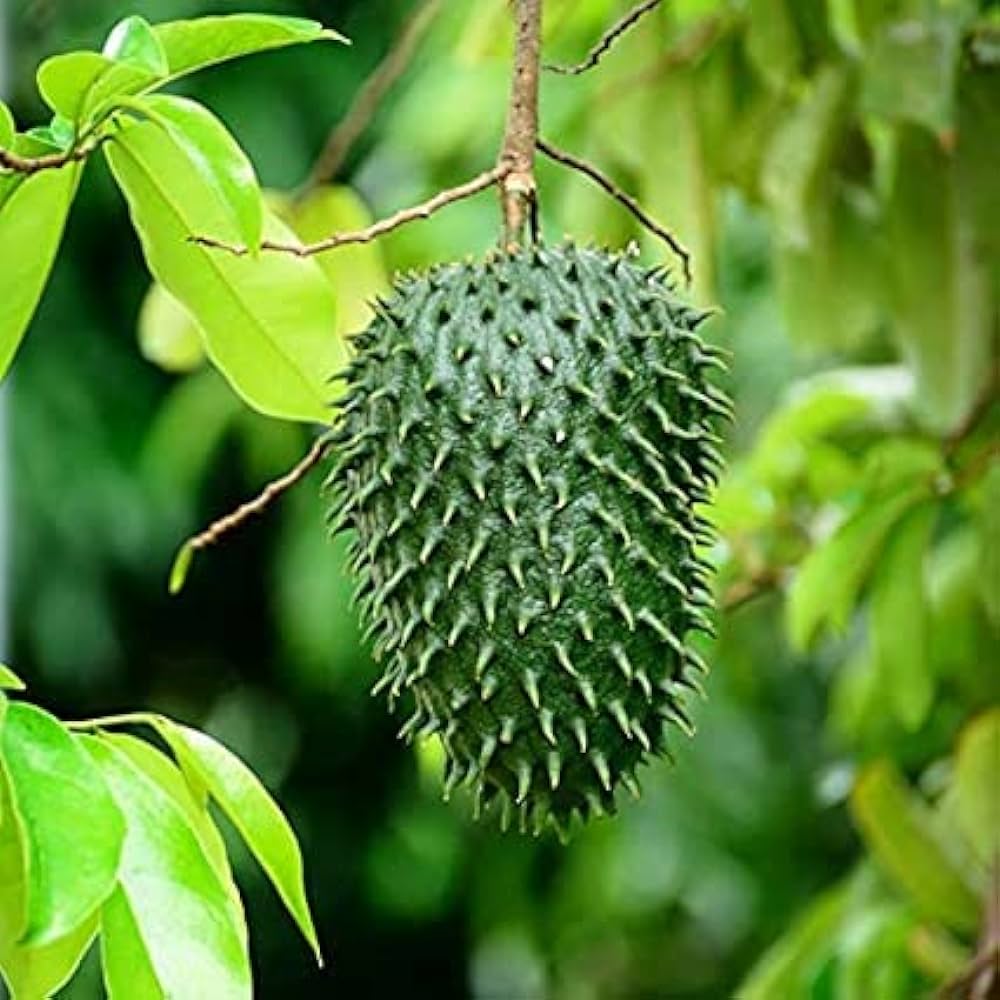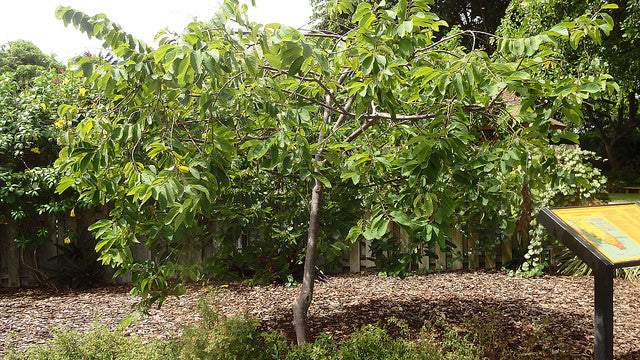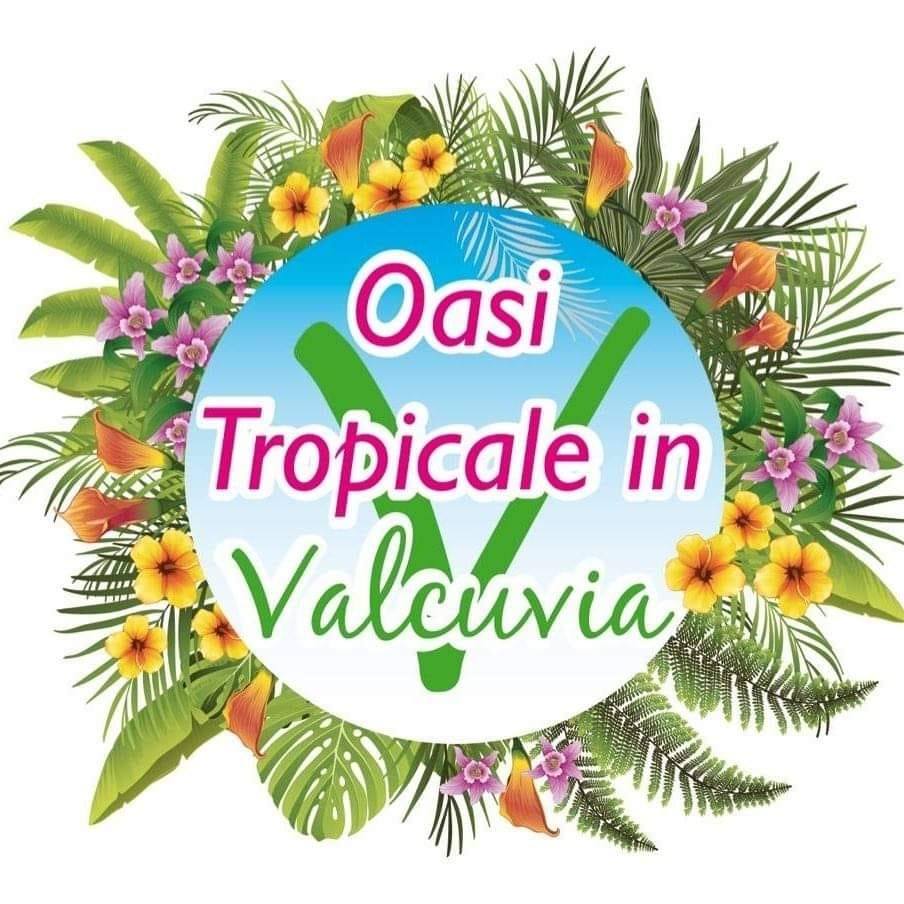-
ANNONA
ANNONA
Couldn't load pickup availability
MINIMUM TEMPERATURE SUPPORTED -1°C
(DATA REFERS TO AN ADULT PLANT IN OPTIMAL HUMIDITY AND SOIL CONDITIONS)
The atemoya , Annona × atemoya , or Annona squamosa × Annona cherimola is a hybrid of two fruits – the sugar apple ( Annona squamosa ) and the cherimolia ( Annona cherimola ) – both native to the American tropics . [1] This fruit is popular in Taiwan , where it is known as the "pineapple apple" (鳳梨釋迦), so it is sometimes mistakenly believed to be a cross between the sugar apple and the pineapple . In Cuba it is known as anón and in Venezuela chirimorinon . In Lebanon the fruit is called achta . In Tanzania it is called stafeli dogo ("mini soursop "). In Brazil atemoya has become popular, and in 2011 approximately 1,200 hectares of atemoya were cultivated in Brazil . [2] In Taiwan, the atemoya cultivation area was 2,856.46 hectares in 2020, and Taitung County was the main cultivation location (2,815.19 hectares). [3]
An atemoya is normally heart-shaped or rounded, with pale green, easily bruised, bumpy skin. Near the stem the skin is wrinkled like on the sugar apple, but becomes smoother like cherimoia on the bottom. The pulp is not segmented like that of the sugar apple, resembling that of the cherimoya more. It is very juicy and soft, with a slightly sweet and slightly sour flavor, reminiscent of a piña colada . The taste is also reminiscent of the vanilla of its sugar-apple parent. [4] Many black, inedible, and toxic seeds are found throughout the atemoya's flesh. [5] When ripe, the fruit can be removed from the shell and eaten cold. [4]

Atemoya ( Annona cherimola × squamosa ) was developed by crossing cherimolia ( A. cherimola ) with sugar apple ( A. squamosa ). Natural hybrids were found in Venezuela, and incidental hybrids were noted in adjacent sugar apple and cherimoya groves in Israel during the 1930s and 1940s. [6]
The first cross was made in 1908 by P.J. Wester, a horticulturist at the USDA's Subtropical Laboratory in Miami . The resulting fruits were superior in quality to the sugar apple and took the name "atemoya", a combination of ate , an ancient Mexican name for sugar apple, and "moya" from cherimoya. Subsequently, in 1917, Edward Simmons at the Plant Introduction Station in Miami successfully grew hybrids that survived a temperature drop to -3.1 °C (26.5 °F), showing the hardiness of atemoya derived from one of his parents, the cherimoya. [ citation needed ]
Atemoya, like other Annona trees , bears protogynous, hermaphroditic flowers, and self-pollination is rare. Therefore, artificial and manual pollination almost always guarantees higher quality fruit. One variety, 'Geffner,' produces well without hand pollination. The 'Bradley' variety also produces decent yields without hand pollination, but the fruit has a habit of splitting on the tree. [7] Atemoya are sometimes misshapen, underdeveloped on one side, due to inadequate pollination. [ citation needed ]
An atemoya flower, in its female phase, opens between 2pm and 4pm; between 3pm and 5pm the following afternoon the flower converts to the male stage. [ citation needed ]
Cultivars
- Gefner : It is a very productive Israeli cultivar and is the most satisfactory variety in Florida conditions, does not require hand pollination (in Florida ) and produces good quality fruit. [8] The fruits reach 450 grams and are well formed. The carpels are narrow and pointed. The pulp is white, juicy and resistant, that is, it does not allow the passage of a spoon. When chewing, the consistency resembles chewing gum. The fruit is sweet, reaching 25º Bx . [9]
- Thompson : Cultivar with characteristics intermediate between sugar apple and cherimoya. The carpels are narrow, protruding and united near the peduncle. From the middle part to the apex of the fruit the carpels are smooth, larger, with irregular but well-bonded contours. The pulp is white, succulent and tender, with a creamy consistency, meaning it does not resist the passage of a spoon when consumed. The fruit is very sweet and reaches 25 ºBx. It presents desirable characteristics in various production aspects, [10] such as good productivity, with fruits of good shape, when pollination is perfect. Plant with good vigor and relatively tolerant to the various fungal diseases that attack the plants. It is common for fruits with characteristics of the Pink's Mammoth cultivar to form on the plant , which leaves doubts about the recognition of this cultivar. [9] It is the most cultivated cultivar in Brazil.
RICHIEDI FOTO
RICHIEDI FOTO
Scrivimi su WhatsApp al +393472475878 per ricevere foto piante in vendita




